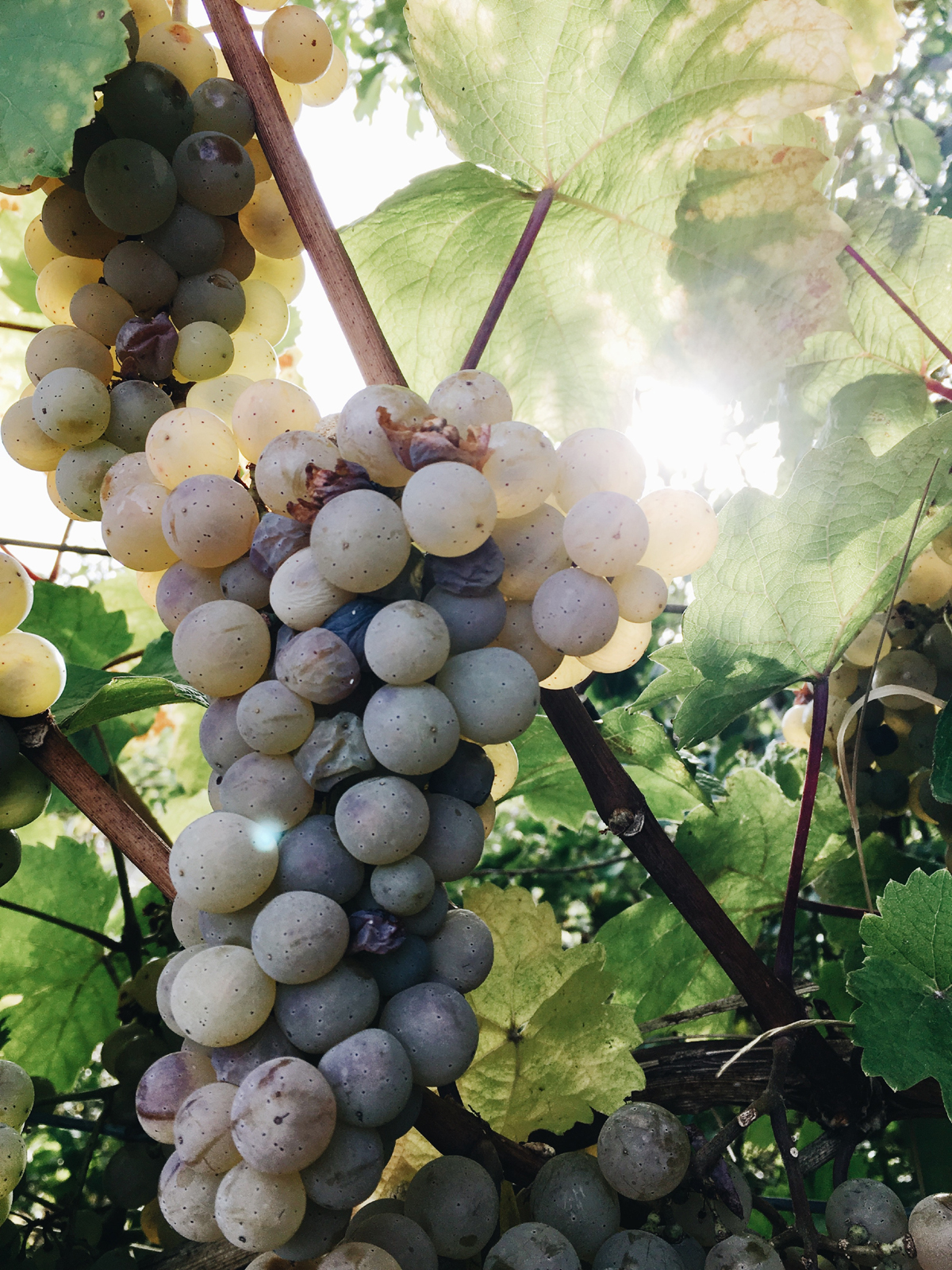Simple but effective tips for growing a variety of fruit in your garden.
- To grow a peach tree from a stone, bury the stone outside for the winter to give it the cold period it needs, before bringing it in and potting it in the spring.
- Save space by growing fruit trees as cordons against a wall or fence, or as a garden divider on wires.
- Grow gooseberries as standards, so you can pick the fruit without damaging your hands on the thorns.
- When buying free-standing fruit trees, check that the varieties you want are available on a rootstock that will produce a tree of the size you want. M27 or M9 are the best for compact trees for smaller gardens.
- When buying fruit trees, check the pollination situation. Some varieties are self-fertile and do not need another tree to set fruit, but others need another tree of a different variety for cross-pollination.
- If you are restricted for space, but want to grow two or more varieties of fruit trees, buy a ‘family’ tree, which has different varieties grafted onto a single rootstock.
- Remove embryo figs that are any larger than a small pea from the tree in late October. This means the tree can concentrate on maturing the little ones in the following season, instead of putting energy into the bigger ones which will probably have been damaged by cold weather.
- Choose ballerina apple trees to grow on your patio. They stay compact and need little pruning to retain their upright columnar shape.
- Support heavily loaded fruit tree branches with an old clothes line prop. This reduces the risk of the weight of fruit tearing the branch off the tree.
- Crop and prune your blackcurrant bushes in one operation. Blackcurrants produce fruit on last year’s new growth, so cut out the fruiting branches and take them to a table where you can pick the fruit off without having to bend and crouch.
- Grow a grapevine as a standard in a pot. Simply remove all the side-shoots until the stem has achieved the desired height. Then let the top bush out by nipping out the tip. When the embryo bunches have formed, prune the shoots back to two leaves beyond each hunch, leaving only one hunch on each branch. Then give a monthly liquid feed until picking time.
- Discourage mildew on your grapes by mulching to keep the ground moist, and by thinning the vine to let air circulate. If you do see any signs of mildew, spray with a systemic fungicide.
- To tell whether dessert gooseberries are ripe enough to pick. Check the color of the seeds. They turn from yellow to brown when the fruit is ripe.
- Don’t bother to ‘top and tail’ gooseberries and currants before you freeze them. Freeze them loose. Hag them up and give them a good shake, when the stems will break off.
- Puzzle your friends with a bottle of pear liqueur containing a whole pear. Just select a suitable pear fruitlet, tie the bottle over it, and wait for the pear to grow and ripen before cutting it and filling the bottle with alcohol and sugar.
- Use a black plastic bin liner to blanch your rhubarb. Just place the liner over the crown of the plant, weight it down with stones or earth, and wait until you can feel a good length of rhubarb inside before cutting.
- Use ‘step-over’ cordon apples or pears as low fences for your kitchen or herb gardens.
- Train blackberries, loganberries and other long-brambled fruits over arches for both ease of picking and an attractive feature.
- Grow boysenberries instead of ordinary blackberries. Their flavor is superb, they are prolific fruiters, and they have no thorns.
- Try some of the rarer bramble fruits, such as the tall salmon-berry (Rubus spectabilis) with magenta flowers and yellow fruits, the tall Japanese wineberry (R. phoeniculasius) with amber berries and glowing red fuzz on the stems, or the ground covering strawberry-raspberry (R. illecebrosus) or Arctic raspberry (R. arcticus x stellarticus).
- For the easiest of fruit trees, choose a damson, ideally one of the self-fertile varieties such as `Merryweather’ or ‘Farleigh’.
- Solve the problem of maggots in apples without spraying, by using grease-hands on the main trunk and pheromone traps hung from branches.
- If you are thinking of buying a mulberry tree for fruit, make sure you get a black mulberry (Morus nigra) as the fruit of the white mulberry (M. alba) is insipid. Alternatives are the rarer and more expensive shrub version, the Korean mulberry (M. autralis) or hybrids of the American red mulberry (M. rubia) and our white mulberry.
- Prune mulberries only in the winter, as they can ‘bleed to death’ from cuts inflicted in the growing season.
- To grow your own Kiwi fruits (Actinidia deliciosa syn. Chinensis) make sure you have both male and female plants. This plant is tender, so only to be attempted in warm and sheltered gardens. The more decorative A. Kolomikta, known for its pink and white splashed leaves, also has edible fruits, but again you need male and female plants.
- If you heat your greenhouse in the winter or have a conservatory, try citrus fruit. ‘Meyers Lemon’ is the easiest to grow. But the Calamondin orange (Citrus mitis) or mandarin orange (C. reticulata) are also suitable.
- Grow some autumn raspberries as well as the summer-fruiting ones. Prune the canes to within 6″ (15cm) of the ground in April and they will fruit in late August.
- Raspberries grow well in containers, so pot up a few and keep them in the greenhouse to get an early crop.
The Author:
Gardendatafiles_com
